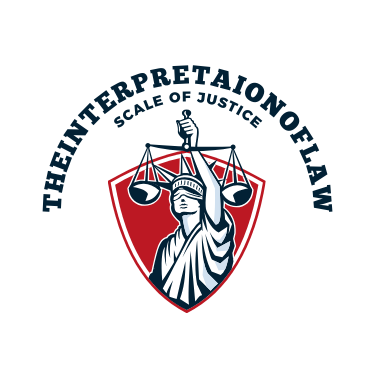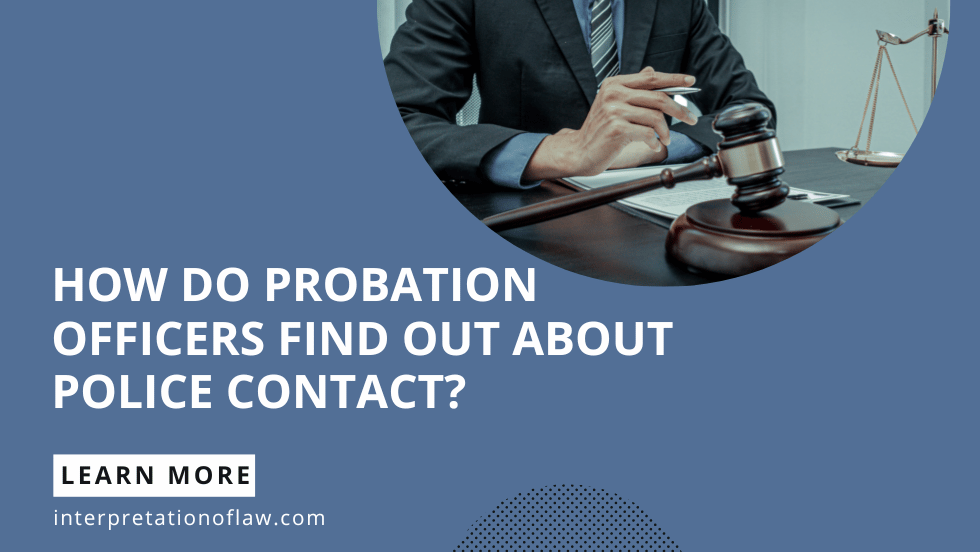Navigating the complexities of the probation system can be challenging for probationers, legal professionals, and law enforcement alike. A critical aspect of this system is the need for probation officers to stay informed about any police contact involving individuals under their supervision.
This knowledge is significant in ensuring compliance with probation terms and maintaining public safety. In this comprehensive post, we’ll explore the mechanisms and challenges that probation officers face in this crucial aspect of their duties. We will also focus on how does probation find out about police contact and its implications for probationers.
The Importance of Police Contact Information
Maintaining public safety is a primary responsibility of law enforcement agencies. When individuals are under probation, monitoring their behavior becomes even more crucial to prevent any potential risks or threats they may pose to society. This is where the role of probation officers comes in. They act as a bridge between the legal system and probationers to ensure that they comply with their probation terms and do not threaten public safety.
To fulfill this role effectively, probation officers must have up-to-date information about any police contact involving individuals under their supervision. This allows them to assess the behavior of probationers and take appropriate actions if needed. This crucial information is necessary to identify potential risks and take timely measures to address them.
How do Probation Officers Find Out About Police Contact?
Methods of Communication
Probation officers employ several methods to monitor any encounters probationers may have with law enforcement:
Regular check-ins with probationers
During these check-ins, probationers are typically expected to disclose any contact with police, whether it resulted in an arrest, citation, or was simply a routine stop.
Collaboration with law enforcement agencies
Probation officers establish a collaborative relationship with local and state police departments, receiving notifications of any encounters involving their probationers.
Access to police records and databases
Probation officers may have direct access to law enforcement databases, where incident reports and contacts are logged, allowing them to monitor for any new entries associated with their probationers.
Read more: How Do Probation Officers Find Out About New Charges?
Information Sharing Protocols
Specific protocols govern the seamless exchange of information between probation departments and law enforcement agencies:
Legal frameworks and confidentiality
Data sharing is subject to legal frameworks that respect the individual’s privacy rights while enabling the effective functioning of public safety efforts.
Interagency cooperation and data exchange
Protocols ensure that relevant information is exchanged promptly and securely, allowing probation officers to act swiftly if a probation violation occurs.
Technology and Information Systems
Advancements in technology continue to play an integral role in how probation officers track police contacts:
Electronic monitoring and GPS tracking
Probationers, under certain conditions, may be required to wear electronic monitoring devices, which can alert officers to curfew violations and unauthorized movements that might result in police contact.
Integration of databases and systems
Shared databases provide probation officers with up-to-date information regarding arrests and other police contacts, even if the probationer fails to report them.
Challenges and Limitations
Despite these tools and protocols, probation officers often face challenges:
Lack of resources and manpower
Overburdened departments might need help maintaining consistent oversight, leading to delays in uncovering police contacts.
Incomplete or delayed information
Sometimes, information must be entered into shared systems promptly, or records must be completed, making it difficult for probation officers to have real-time updates.
Balancing privacy and public safety
Determining the appropriate level of monitoring and data sharing raises questions about striking the right balance between individual privacy rights and the need for public safety.
Real-Life Scenarios
- Case #1: John, a probationer, failed to attend his scheduled probation meeting. Shortly after, his probation officer was alerted to a police report involving John in a minor traffic incident. The quick access to this information allowed the probation officer to address the matter promptly.
- Case #2: Jane, on probation with a curfew limitation, unexpectedly received a visit from her probation officer after a GPS tracking alert showed a breach of her curfew. The electronic monitoring system facilitated immediate action by law enforcement.
- Case #3: Through ongoing collaboration, local police informed a probation officer about a minor altercation involving Alex, a probationer. This efficient information-sharing protocol underlined the value of interagency cooperation in handling potential probation violations.
FAQs
How do probation officers find out about violations?
Understanding the process that alerts officers about potential breaches in probation terms.
Will My Probation Officer Discover My Police Report?:
A common concern among probationers emphasizing the importance of understanding the monitoring system.
Conclusion
Probation officers rely on various methods, technologies, and informational exchanges to keep abreast of any police contacts involving probationers. Each of these tools, when used effectively, enhances the ability of probation departments to enforce compliance and uphold the safety of our communities.
References:
- http://www.sanfranciscopolice.org/probation-officers
- https://papers.ssrn.com/sol3/papers.cfm?abstract_id=3140185
- https://www.nij.gov/topics/corrections/community-supervision/pages/information-sharing.aspx#sharing-information

Carter Wilson is a licensed lawyer with over 10 years of experience in various legal fields. He is passionate about making law accessible to the general public and helping individuals navigate through complex legal matters.

